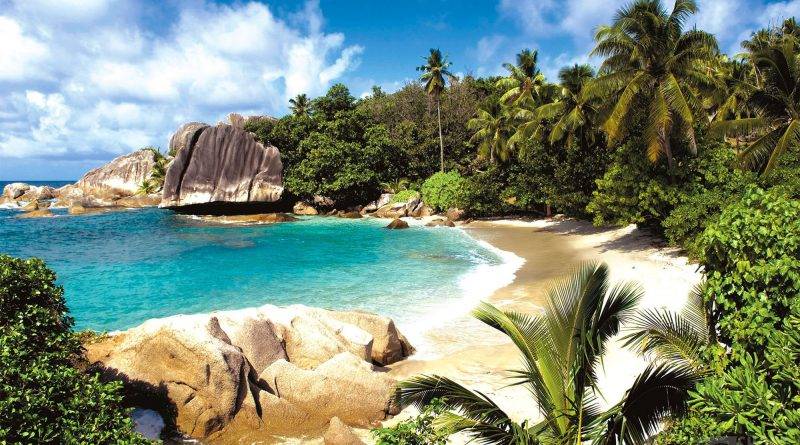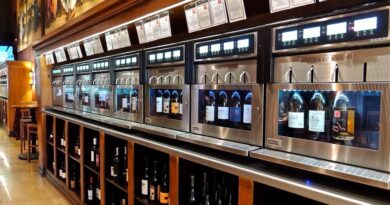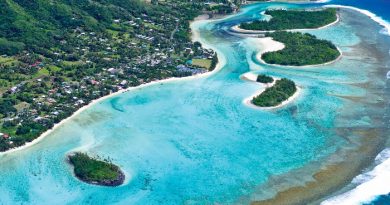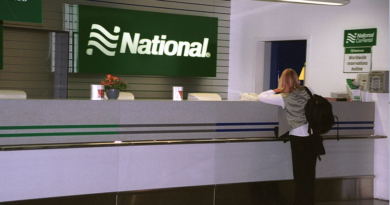The land of perpetual summer : Seychelles – knowing about it
Seeking to explore the land of perpetual summer? Don’t be disappointed if you are unable to travel to the Seychelles in this lifetime because there are still plenty of ways that you can learn about it and experience its beauty, even from a distance. From sailing and diving to snorkeling and swimming, there are a variety of experiences that you can enjoy here and don’t have to just stick to exploring its beaches and coastlines either.
An Introduction
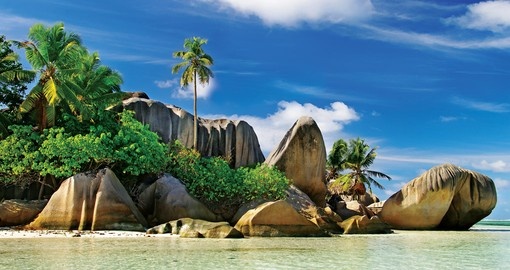
The Seychelles islands are a unique place in the world, not only for their natural beauty but also for their culture and traditions. The climate is perfect year-round, making it a popular destination for tourists seeking an escape from the cold winter months. There are many things to do on the islands, from exploring the environment to learning about the culture and traditions of the people who live there. Some thing visitors can enjoy while they’re visiting include:
1) Sunbathing on one of the most beautiful beaches in the world.
2) Snorkeling or scuba diving among colourful fish, vibrant coral reefs and ancient shipwrecks.
3) Diving into the crystal clear water with a long list of marine life like turtles, dolphins and sharks.
4) Taking advantage of this amazing environment by renting kayaks or hiking through palm forests. Whether you choose to stay close to the water or take a walk inland, it’s easy to find some thing to do here.
Geography

Victoria, the capital and largest city, is located on Mahé Island. The area measures 455 square kilometres (176 sq mi). The other major islands are Praslin, La Digue, Frégate, Curieuse, Cousin, Cousine, Silhouette Island, and Denis Island. Only some 15% of the population lives on Mahé. It’s because that’s where the bulk of economic activity takes place. The main natural resources found here are cinnamon, vanilla, coconuts, palm oil, and fruit such as mangoes and papayas. Tourism has grown in recent years, especially with tourists coming to scuba dive or snorkel around the reefs and fish-filled waters.
As a result, the economy has been growing significantly, with real GDP growth averaging at 3% per year since 2000. There are also signs of strong potential for future sustainable development. Tourism, financial services, and construction make up most of the country’s exports. Income inequality is relatively low among ethnic groups. There have been few reports of human rights violations in Seychelles, although there are occasional allegations of police brutality toward opposition members or those suspected to be gay
Population
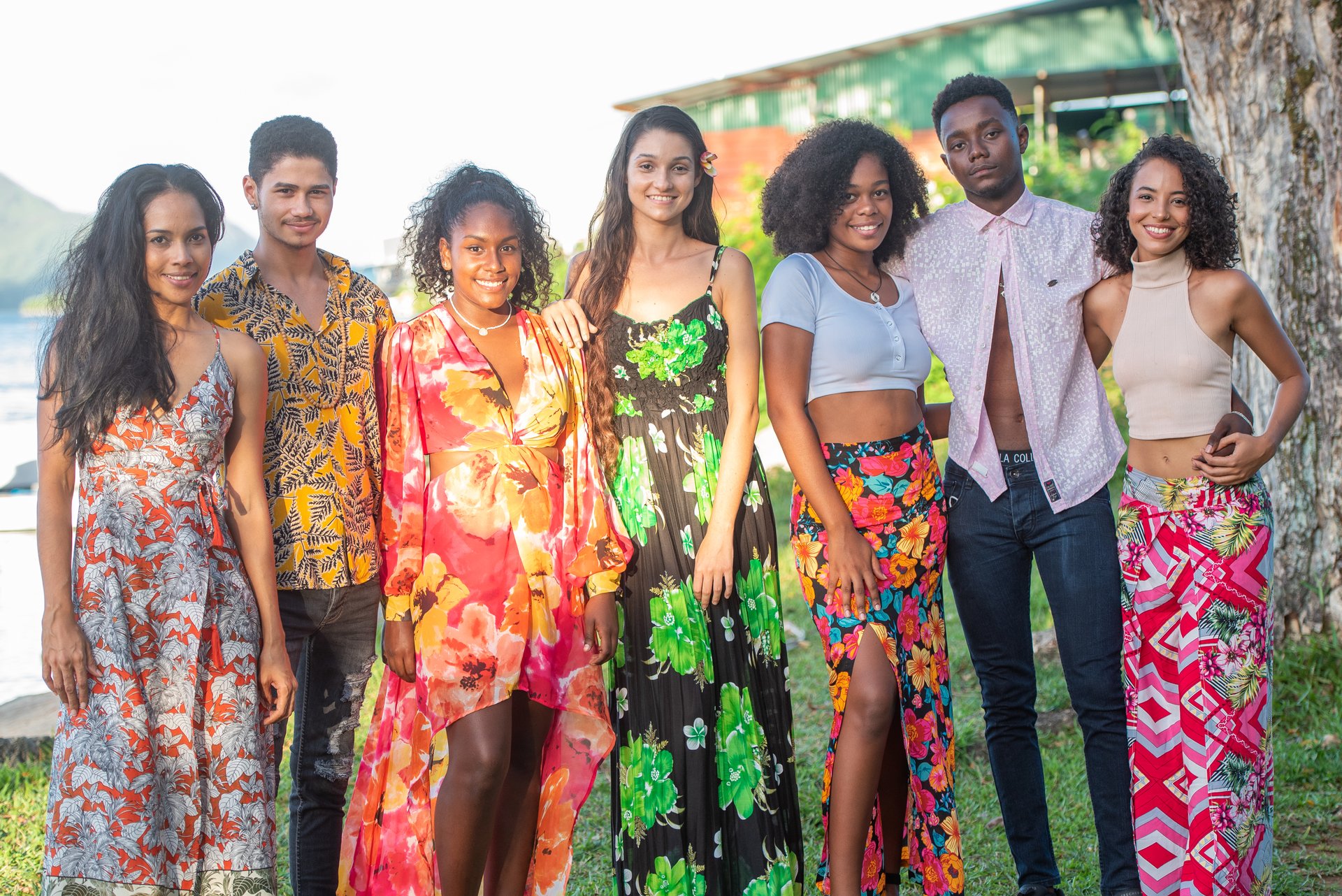
The official languages are Creole, English, and French. The capital city is Victoria. The currency is the Seychellois rupee. The climate is tropical with average temperatures ranging from 24-32 degrees Celsius. There are no monsoon seasons in this part of the world. There is an assortment of wildlife that can be found in these islands such as: giant Aldabra tortoises, iguanas, fruit bats, sunbirds, boobies and terns.
Coral reefs abound along the coastline and serve as a habitat for many varieties of fish including snappers, barracudas, tangs, groupers and more. These waters also provide fishing grounds for tuna, kingfish and wahoo to name a few. For those looking for some marine exploration you can find plenty at the Marine Park which houses one of the largest lagoons in the Indian Ocean. If you’re feeling adventurous you could even do some diving among coral gardens or shipwrecks. For those who like to explore caves there’s always two on offer; Sir Selwyn’s Cave (Selwyn being a British governor) and Trou aux Cerfs Cave.
Economy
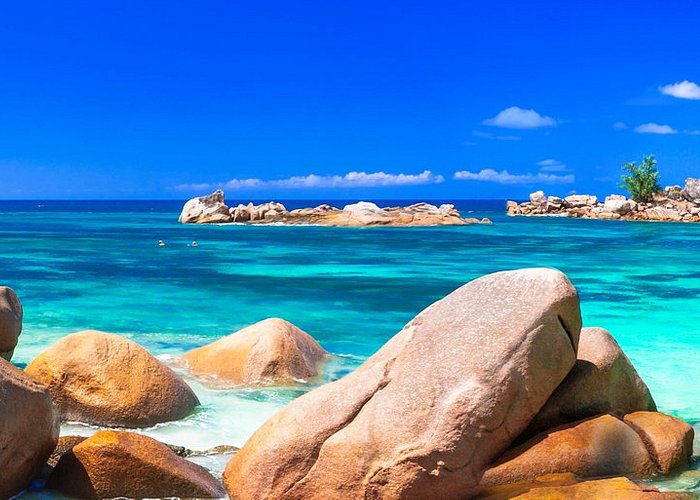
Seychelles’ economy is based on tourism and fishing. Tourism accounts for more than one-third of GDP and employs a third of the population. Other sources of income include agriculture, copra, vanilla bean farming, fishing rights agreements with South Korea and Japan.
Income from tourism rose from 250 million US dollars in 1991 to over 700 million US dollars by 2006. According to a 2007 Transparency International report, only two African countries were ranked lower than Seychelles; Burundi and Swaziland. The Global Competitiveness Report rates the quality of its infrastructure as being equal to that of higher ranked African countries such as Algeria or Morocco.
The cost of labor was also rated as competitive, but not at the same level as other small island nations like Mauritius. Corruption was identified as an impediment to doing business and hampering economic growth. There are no restrictions on foreign ownership in most sectors, except for small businesses dealing mainly with food processing or wholesaling where domestic companies have an exclusive right to operate.
Culture and Customs

The culture of the Seychelles is a mixture of African, French, British, and Chinese influences. The official languages are Creole, English, and French. Roman Catholicism is the predominant religion. The people are friendly and welcoming. There is a strong sense of community. Many businesses close at midday to allow employees to enjoy their lunch break with their families.
Holidays include Carnival (February) Independence Day (June), Assumption Day (August 15), Christmas Day, New Year’s Day, Good Friday, Easter Monday, Labour Day (May 1). Seashells found on beaches have been harvested since ancient times. Coral reefs and giant clam shells were used by islanders for centuries as building materials and for lime-burning until 1840 when quarrying stone became more common. Farming includes coconuts, copra, cocoa beans, bananas, mangoes, sweet potatoes, cassava roots; also poultry & fish farming for export; processing tuna fish in Victoria for canning.
History

The British took control of the islands in 1794 and granted them to Mauritius in 1814. The islands became independent in 1976 and have been a republic since 1977. For a long time, the inhabitants lived mainly on fishing and turtle hunting but now many people from other countries live there too. They have plantations for spices, vanilla, coconuts, bananas, oranges, coconuts oil etc.
Tourism is also an important part of their economy with luxury hotels and resorts being built all over the country. All around there are wonderful beaches with white sand and turquoise water which makes it seem like we are living in paradise! I can imagine spending my whole life here. It’s also possible to go diving here and see all sorts of beautiful fish and corals. I would definitely recommend this place if you’re looking for some relaxation while travelling!
Climate

The climate of Seychelles is tropical and humid, with average temperatures ranging from 24 to 32 degrees Celsius. The rainy season is from November to February, while the dry season is from May to October. The best time to visit Seychelles is during the dry season, as this is when the weather is at its most stable. You can experience all four seasons in one day on this island nation, so always be prepared for anything! The beautiful beaches are a sight to behold and there are over 90 species of coral found in these waters.
The country offers plenty of activities that you can take part in such as scuba diving, snorkelling or even just relaxing on the beach with your toes in the sand. With palm trees lining the roads and resorts made up of low-rise buildings, you’ll feel like you’ve stepped into paradise! And if that wasn’t enough to get you intrigued, let me mention the luxury spa treatments which have helped make Seychelles known worldwide. From wellness treatments to anti-aging rituals, they have something for everyone here.
Attractions in Seychelles
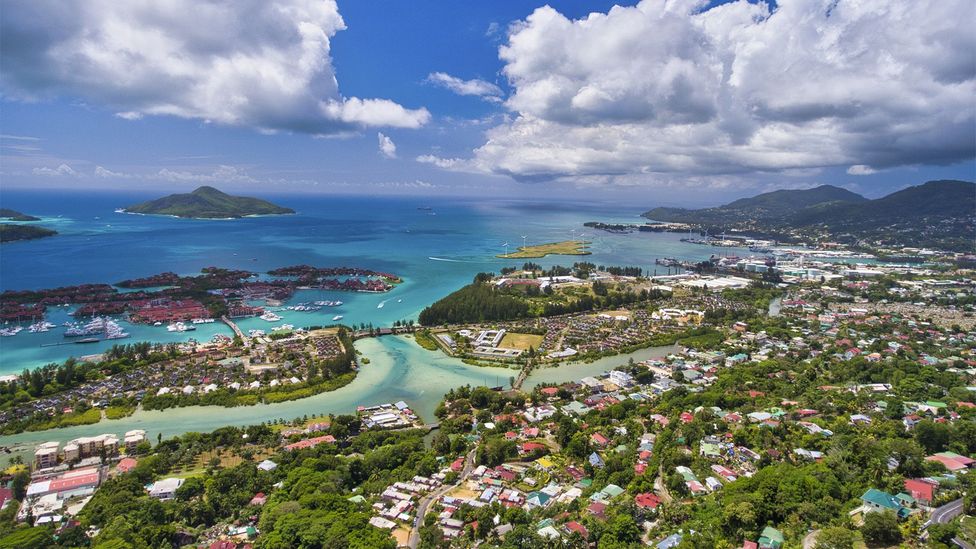
The Seychelles islands are a perfect place to get away from the hustle and bustle of city life. With beautiful white sand beaches, crystal clear water and lush vegetation, the Seychelles is a true paradise. There are many activities to keep you busy on the islands, such as snorkelling, diving, fishing and hiking. You can also just relax on the beach and soak up the incredible views. Don’t forget to visit Mahe island where there’s an excellent golf course and Botanical Garden.
Take time out for some luxury pampering at Sainte Anne Resort Spa with one of their luxurious spa treatments. If you’re looking for something more adventurous, take part in kite surfing at Flic en Flac bay or go paragliding over the stunning scenery that surrounds these tropical islands.

